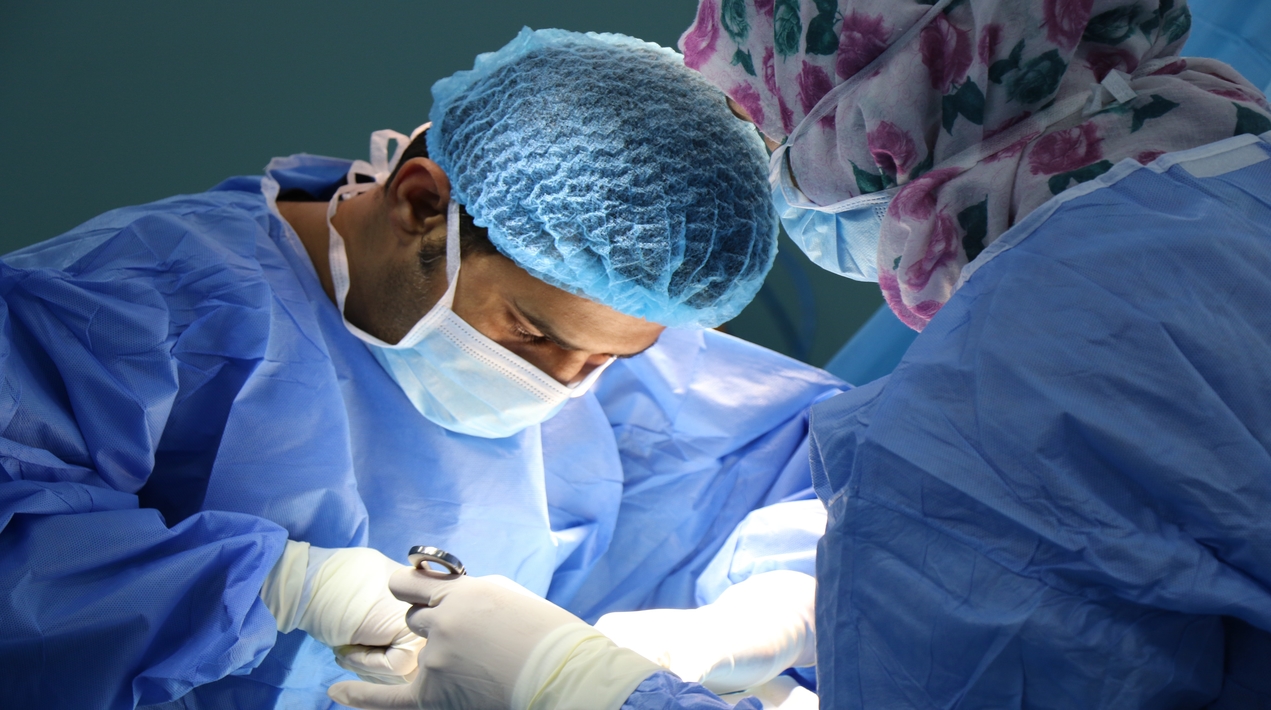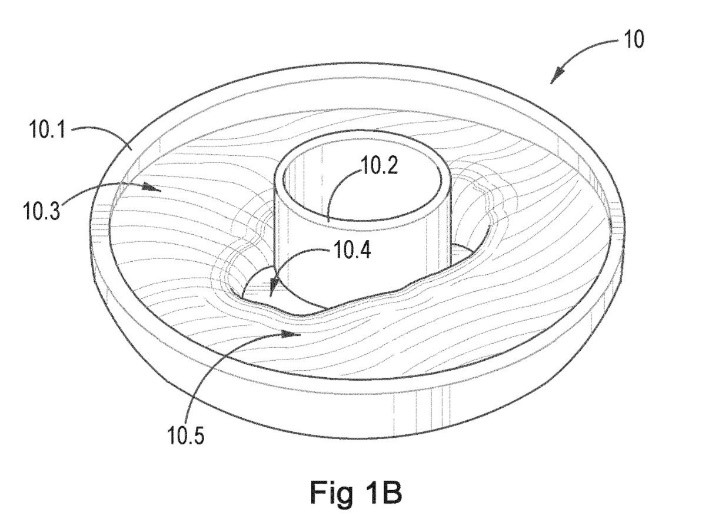
A new manufacturing research collaboration utilising 3D print technologies could soon provide people living with stoma bags with access to personalised ostomy seals that will improve their quality of life.
Australia’s national science agency CSIRO, in collaboration with a medical technology company, has secured $100,000 in funding from the Innovative Manufacturing Cooperative Research Centre (IMCRC) to develop and commercialise the device, which acts as a seal between a patient’s abdomen and stoma bag.
The 9-month project, enabled by $538,984 total cash and in-kind contributions from all three organisations, will use CSIRO-developed software to build upon the MedTech company existing 3Dicom “Scan to SurgeryTM” software, creating a ‘surface scan to model’ extension that will provide the 3D visualisation capability needed to process patient scans and customise the device.

The ostomy seal can then be designed and manufactured to suit each patient’s unique morphology, greatly reducing the risk of leakage, a common issue that compromises the effectiveness of generic devices.
Commenting on the project, the MedTech company’s Health’s Chief Executive Officer, said that the IMCRC activate funding would enable the company to streamline design and manufacturing processes needed to effectively commercialise the device and thus pave the way for future advancements. He noted that, currently, manufacturing patient-specific medical devices is time-consuming and costly.
The company’s Scan to SurgeryTM software, incorporating CSIRO developed software for fast customisation, will transform this workflow, substantially reducing processing time and enabling clinicians to move from scanning to production of the 3D-printed seal in under 60 minutes, he said.
The device is just one example of how shorter-term, agile projects continue to play a pivotal role in supporting advancements that deliver significant health and economic benefits for Australians, he added.
The CSIRO Project Lead stated that the project represented a great opportunity for CSIRO to provide the expertise and equipment needed to accelerate the project and create mutually beneficial opportunities.
It was noted that by supporting the MedTech firm to develop the fast, personalised stoma seal design and 3D visualisation capability software, CSIRO continues to demonstrate how digital health innovations can transform patient outcomes.
Meanwhile, IMCRC’s CEO and Managing Director noted that IMCRC was pleased to be co-funding the scaling and commercialisation of the revolutionary medical device, made possible through advances in additive manufacturing processes and biopolymer technologies.
“The customised ostomy seal is a perfect example of Australian innovation solving a niche but very real problem, and the upcoming project is a testament to the importance of industry and research organisations uniting to drive real-world outcomes,” he said.
More about Scan to SurgeryTM software
Announced in May 2021, the Scan to Surgery initiative aims to provide a single, unified software platform that bridges various siloed activities involved in patient-specific surgical planning and allows for a fully-featured, vertically-integrated software solution that can be used in part or whole for a diverse range of medical applications.
Whether it is a broken arm, or a hip replacement, almost any case that involves an internal part of a patient utilises one or more of the phases of the Scan to Surgery process. Each of these phases is siloed as they have their own specialists, use cases, competitors, opportunities, and at present use different software applications & approaches from phase to phase.
However, whether a hip replacement or a craniotomy, the phases displayed below are a common and logical flow that is used across a wide range of medical applications.
Key to the Scan to Surgery initiative is the deployment of a single software solution to address the five main treatment phases and to leverage existing infrastructure both as a source of data and as an avenue to accelerate the distribution and commercialisation of the software.
















